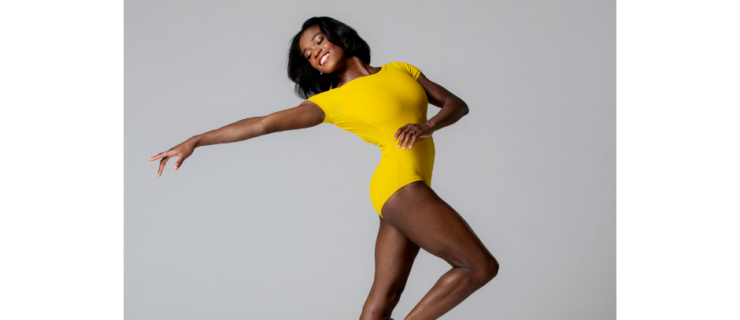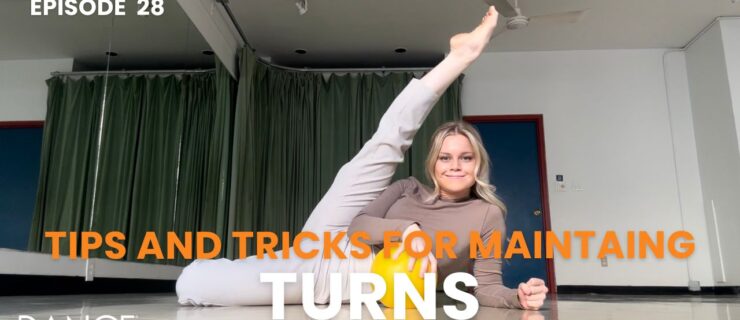How Do You Succeed in Dance? 33 Industry Leaders Weigh In
What does it take to “make it” in dance? It’s no secret that turning this passion into a profession can be a struggle. In such a competitive field, talent alone isn’t enough to get you where you want to be.
So what kinds of steps can you take to become successful? Dance Magazine spoke to 33 people from all corners of the industry to get their advice on the lessons that could help us all, no matter where we are in our careers.
Lesson 1: Ask yourself why you dance, and make sure the answer is, “Because I love it.”
“The stage is transparent. Some people go out onstage and they have so much life because they love what they do. Other people just do tricks. Someone might give great performances, and the audience might think, Oh, that’s very nice, but it doesn’t change them. They were just watching someone who wanted to be the center of attention, not an artist who was dying to dance.” —Paloma Herrera, artistic director of Teatro Colón’s ballet company
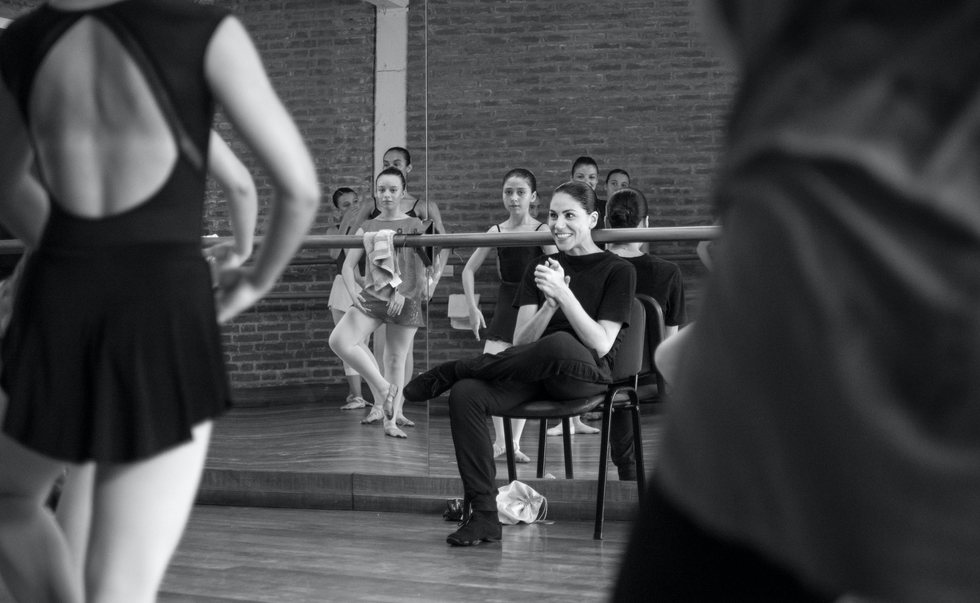
Noelia Fernandez Rana, courtesy Herrera
Lesson 2: Learn about the culture of every style you study.
“Have the same respect for the culture of locking, for instance, as you would for pointe work. Understanding the history will open up your storytelling abilities and make you look more natural because you’ll ‘get’ where it comes from, not just what it is.” —Luam, hip-hop choreographer, director and master teacher
Lesson 3: Don’t get hung up on talent.
“Statistically, less physically gifted dancers are more successful. A talented dancer gets everything easier, gets used to this and stops exerting. The greatest mistake dancers make is too much self-assurance.” —Yuri Fateyev, acting director of the Mariinsky Ballet
Lesson 4: Value all improvement.
“Don’t dismiss small improvements just because they don’t fulfill the image of your larger-scale goals. Improvement can be a change in quality, facility, adaptation or efficiency. A change can be tiny, incremental. Acknowledging an improvement makes the difference between leaving the studio that day with a success or with a failure—and this can set the tone by which we live our lives.” —Ami Shulman, rehearsal director for GöteborgsOperans Danskompani and certified Feldenkrais practitioner
Lesson 5: Don’t work hard, work smart.
“A lot of young artists practice by just repeating and repeating the same material, thinking it will get better. But sometimes you have to pause and think about why you’re doing the movement, or why it doesn’t work. Stick with it, but try a different way.”—PeiJu Chien-Pott, principal with the Martha Graham Dance Company
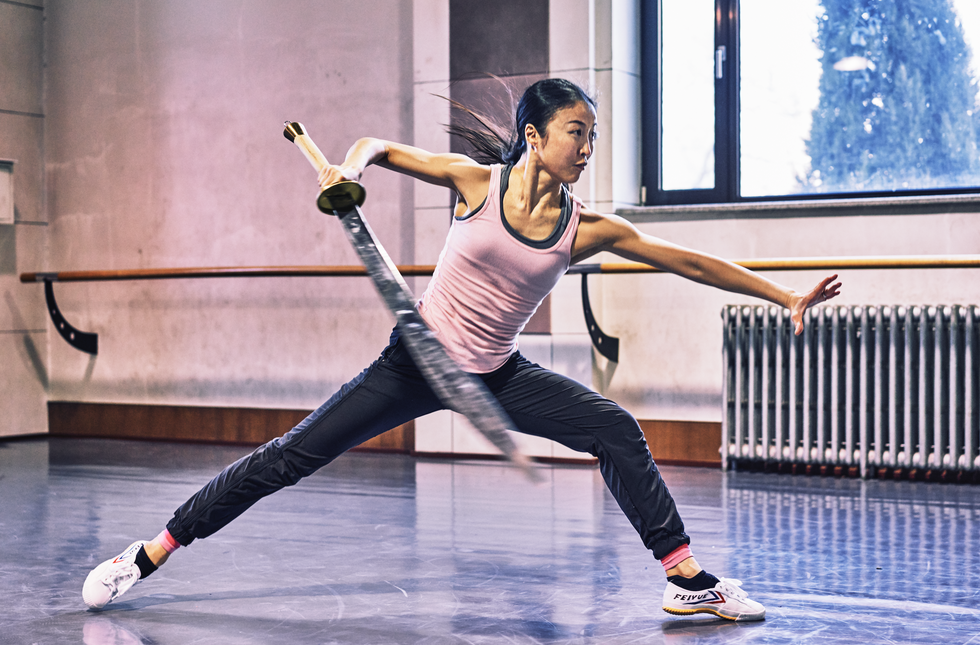
Dragon Spring Phoenix Rise, with choreography by Akram Khan An Rong Xu, courtesy Dragon Spring Phoenix Rise
Lesson 6: Value your choices more than your body or ability
“How your body looks or how well you execute movements does not determine who you are. If your feelings about yourself rise and fall with your weight or how high you jump, then you will feel anxious and depressed. But if your self-esteem is based on your actions and behaviors, then you can consistently feel good about yourself.” —Nadine Kaslow, a clinical psychologist who works with Atlanta Ballet
Lesson 7: Share yourself, not just what you can do.
“What’s interesting is who you are, not how many turns you can do or how you can distort your body. Dancers today are challenged constantly by that very passing flashiness. Like a jewel dangling in front of you, sparkling. But stars glow, they do not sparkle. Sparkles can disappear.” —Judith Jamison, artistic director emerita at Alvin Ailey American Dance Theater
Lesson 8: Don’t ignore directions just so you can show off.
“In the audition room when the choreographer is like, ‘Okay, give me a double pirouette—clean, please,’ we’ll get young hotshots giving us a triple or a quadruple. They want to sex it up a little bit, when in fact what’s being asked for is very clear, very succinct. If you show off, it can quite often work against your favor.” —Duncan Stewart, Broadway casting director at Stewart/Whitley
Lesson 9: Ask for advice—and the opportunities you want.
“No one in the dance world has ever said no when I’ve asked for advice. Pick up the phone or meet face-to-face and ask questions. If you want to dance in a certain company or project, ask. Sometimes luck just occurs, and sometimes luck is made because you are vigilant in your pleasant, kind assertiveness. Make yourself available for opportunities. And make your own opportunities.” —David Dorfman, artistic director, college professor, Broadway and postmodern choreographer
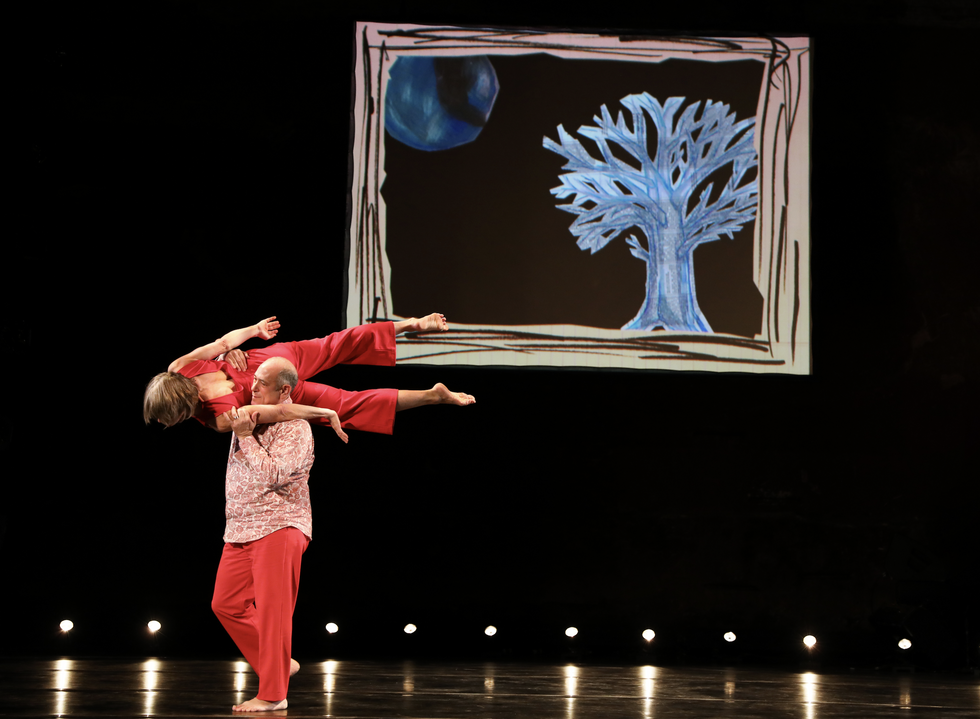
Julieta Cervantes, courtesy Dorfman
Lesson 10: Value the small roles.
“Dancers today too often want everything now. To that, I say, ‘Wait your turn, stick it out, gather the experience and commit to the company.’ Patience develops dancers.” —Barbara Bears, ballet master at Houston Ballet
Lesson 11: Know when to quit.
“If you’re not getting challenged in a big company, investigate why. Where is your dancing lacking? Where is your work ethic lacking? If you can’t seem to move forward, look into other companies. Go back to what it means to bend your body, to bend your knees, to move in space. You’ll be able to breathe through those moments of difficulty.” —Ashley Tuttle, master ballet teacher
Lesson 12: Remember that even stars are part of a team.
“This is a collaborative art form. Successful dance artists see themselves as part of a whole. They may be the star, but they remain aware that there’s an entire corps de ballet behind them, and a conductor in the pit carefully keeping the music at the right tempo, and someone who will stay late and do all the laundry for the next day. Anytime there’s a mishap onstage, we all have to band together and coordinate the best, most subtle solution possible, ideally without the audience knowing anything was wrong. Sometimes I feel like we’re a pod of dolphins—we communicate very simply and effectively, sometimes just with our eyes or a whisper. We find a way to fix it, then move along as if nothing happened. The stronger the team, the better the company.” —Kelly Brown, production stage manager at Miami City Ballet
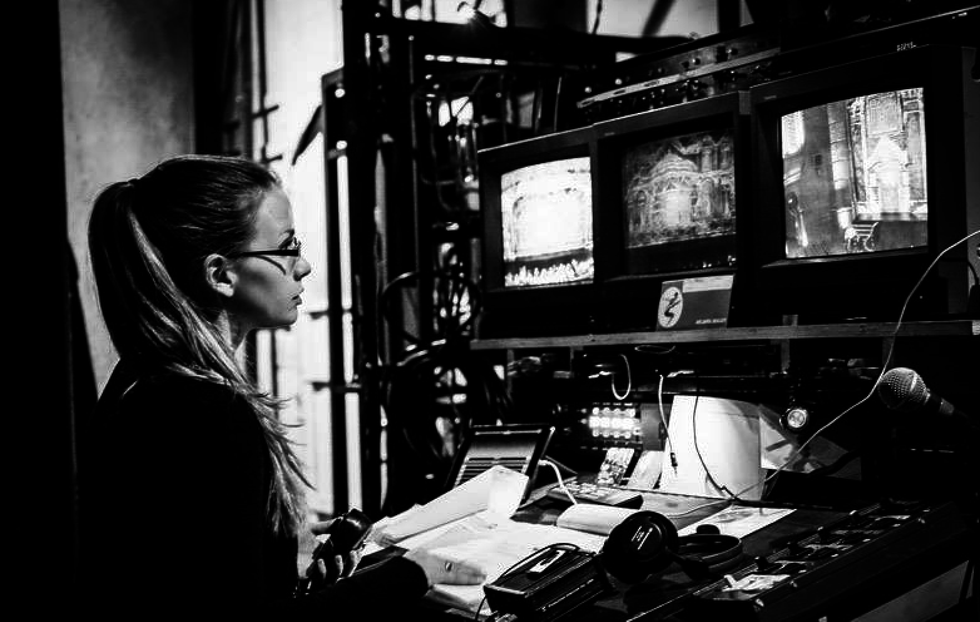
Paige McFall, courtesy Brown
Lesson 13: Hire experts.
“Do not be, as one lawyer told me, ‘penny wise and pound foolish.’ When you have an opportunity to be paid for your craft, especially when it comes to commercial partnerships with brands and products, find a good entertainment lawyer or agent to help you navigate the contract. It’ll cost you 5 to 15 percent of the overall fee, but is very worth it. They’ll make sure you’re not giving away rights to your image and likeness indefinitely or for longer than the value of your compensation. You’ll avoid being unfairly locked into category exclusivity. The details are truly in the fine print.” —Gilda Squire, founder of Squire Media & Management, Inc., and manager to Misty Copeland and others
Lesson 14: Be insatiable.
“When you see artists who are dancing into their 50s, ask, ‘What is it that has brought them to this moment?’ When you think of Alessandra Ferri, Wendy Whelan, Sylvie Guillem, Mikhail Baryshnikov—they’re incredibly gifted, versatile artists, but there is a drive that is innate.” —Jodie Gates, vice dean and director of USC Glorya Kaufman School of Dance
Lesson 15: Get some distance.
“I was getting burned out dancing and being on the road so much with Batsheva, and decided to spend nine months at a Buddhist monastery in Nova Scotia. There was a scary feeling of space that opened up by cutting the momentum of my dancing life. I became aware of how much I defined myself as a dancer, and held that as a proof of my self-worth. I had thought I wasn’t one of those ‘crazy dancers’ who prioritizes being a dancer over being a person. Now I feel less afraid to drop dancing and that identity entirely, which allows me to continue, and more fully, because my grip on it is more relaxed. Any time I have stepped away, I have come back with more than I left with.” —Doug Letheren, dancer with Tanztheater Wuppertal Pina Bausch
Lesson 16: Don’t trust the trends.
“Don’t get lost in what is ‘cool,’ even when you see the pros doing it. Trends like no ballet slippers or dressing like you’re at a gym can make anyone watching think less of you, and you never know who is going to walk in. Even I put myself into a unitard and skirt to teach class because I feel and think more like dancer when I am dressed like one.” —Nancy Bielski, master ballet teacher at Steps on Broadway
Lesson 17: Save money to buy yourself freedom.
“Save enough for three to sixth months. Start by putting a little bit aside. I have the bank do it automatically, so it slowly drips into a savings account. That cushion is going to make it okay for you to not take the crappy gig you don’t want but to hold out for the job that you do.” —Jessica Scheitler, enrolled agent, owner of Financial Groove
Lesson 18: Keep exploring.
“The dancers I’ve watched succeed haven’t been afraid to reinvent themselves, either across topic or scale. Consider how your practice works across platforms—corporate and not, nonprofit and not, on Broadway but also at a place like The Joyce.” —Marc Bamuthi Joseph, vice president and artistic director of social impact at the Kennedy Center
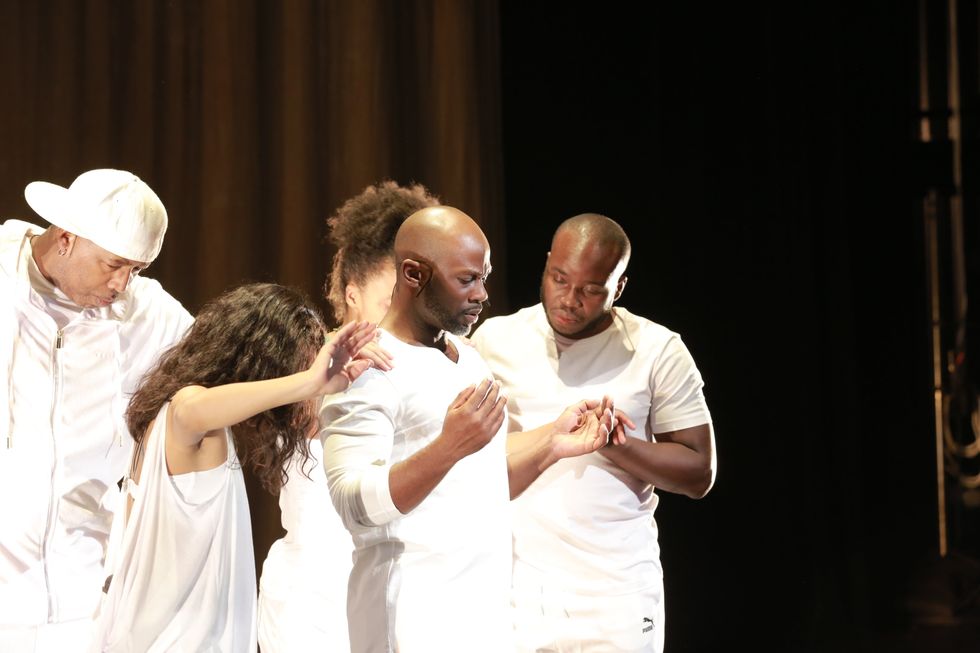
Courtesy Joseph
Lesson 19: Don’t cross your legs when you sit.
“Considering the frequency of total hip replacements in dancers these days, you should refrain from sitting with your legs crossed. This position adds stress to the lumbar spine and the hip joints. It compresses the nerves and blood supply to the lower extremities, and it inhibits the abdominal muscles from activity, making them insufficient to stabilize your spine.” —Marika Molnar, physical therapist and founder of Westside Dance Physical Therapy in New York City
Lesson 20: Treat rehearsals like more than practice.
“Rehearsals are not just about preparing for some future event. They are the present, too. So how we engage with each other, and how we literally live together in the hours and hours we have making a thing together, well, that matters. Once I figured that out, my attitude about time changed, as did the actual outcomes of the dances themselves.” —Liz Lerman, choreographer and educator
Lesson 21: Before a premiere, get an outside eye on your work.
“Ask someone else to interrogate your work. Ask, ‘What do you see? What came through?’ And then compare those answers to what you want to come through. I often feel like I’m seeing work that needs another 10 to 15 percent, that you almost got to the finish line but you didn’t look at it with a bit of distance.” —Aaron Mattocks, director of programming at The Joyce Theater
Lesson 22: Don’t be afraid to start over.
“It’s always hard to know how an idea will manifest. Sometimes the reality of that idea is not right for the situation. If an idea just needs to be thrown away, that can sometimes be an incredible gift, to basically start over.” —Reid Bartelme, costume designer
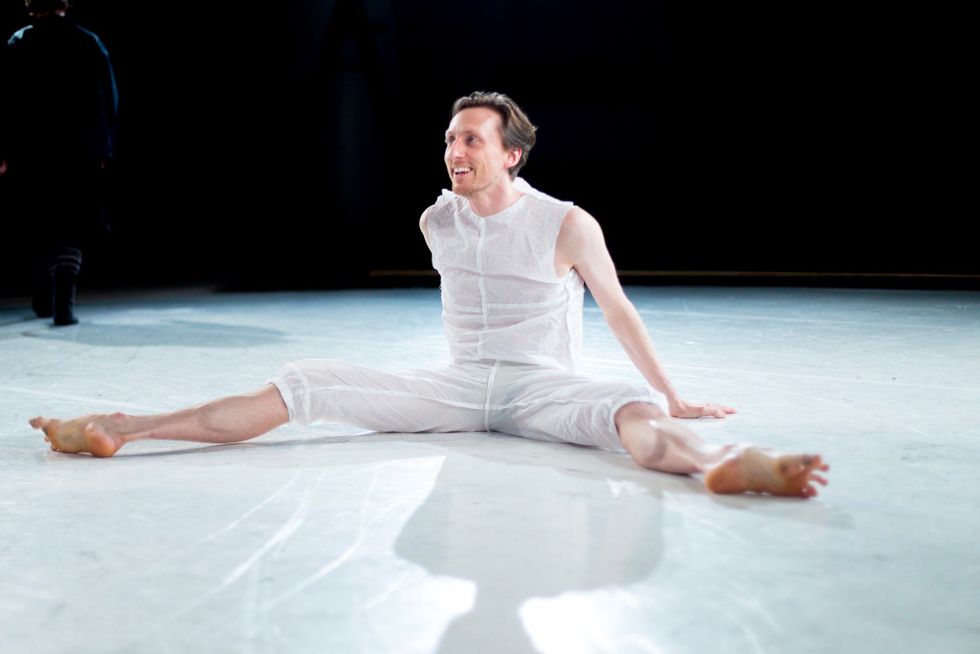
Kersten Jauer, courtesy Bartelme
Lesson 23: Question bad reviews.
“We’re human beings. It’s very painful to be rejected, especially publicly. But sometimes people don’t understand what you’re doing. Know, ‘Is this something that I can actually learn from, or is it just that the person didn’t see what I was going for?’ Then that first feeling of hurt starts turning into curiosity.” —Meredith Monk, director/choreographer/composer
Lesson 24: Don’t let others’ opinions change you.
“Do not get in anyone else’s box, because you will be miserable. Do what inspires you and then you will create inspired work.” —Chloe Arnold, tap choreographer and dancer
Lesson 25: Know that what “success” means to you will change over time.
“At the beginning, for me, success was external: It was about opportunities to create work. And also, the ‘right’ people wanting to have work of mine. The bigger the company, the better. If it was a ballet company, maybe that was better than a modern company. And what critics said about the work. And having more opportunities for my company to tour. What success means for me now is, How much joy and pleasure am I able to derive from the process of making the dance? The other stuff is maybe a part of it still—that’s the business—but the real success is that I love what I’m doing while I’m doing it.” —Donald Byrd, choreographer and artistic director of Spectrum Dance Theater
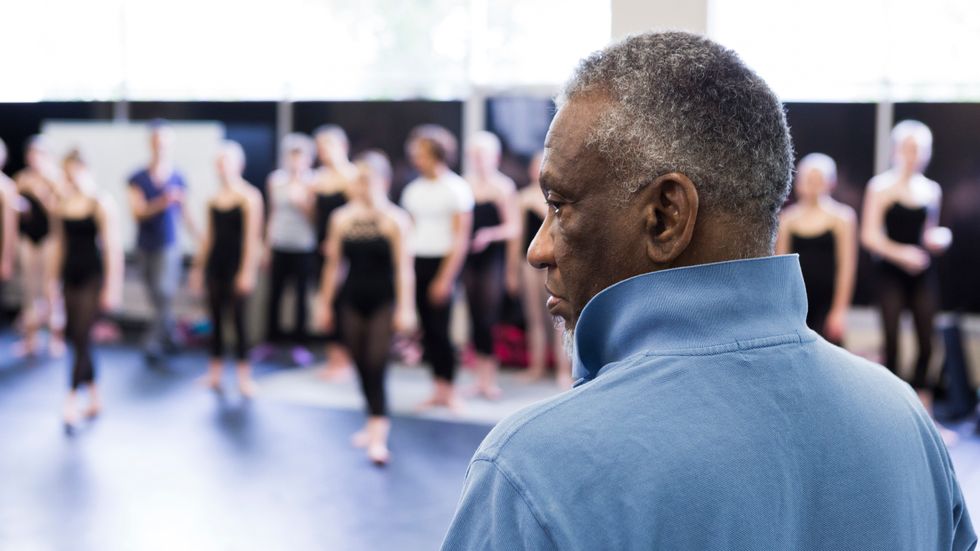
Steve Lenz, Courtesy Spectrum Dance Theater
Lesson 26: Establish your network.
“Even if you are a solo practitioner, the collaborative elements to dance are really huge. You have a production crew, somebody who’s going to help with marketing, you have to be talking to presenters. All of that stuff can cost money, but maybe you figure out how, even in school, you start partnering with each other. Locating your network is invaluable, because it’s going to give you resources in the way of real, practical, logistical things that you need: how to write press releases, how to figure out music rights. Those networks provide you with a sense of community and emotional support.” —Carla Peterson, director of Maggie Allesee National Center for Choreography at Florida State University
Lesson 27: Learn the business of putting on a show.
“I can’t tell you how many times we’ve looked at companies and said, ‘Gee, I’d love to put that on our stage,’ but they don’t have the first concept of how to get their lighting and tech done. There are theaters with stagehands’ unions that if you don’t follow the work rules, the costs soar into the thousands. You need a company manager who can corral everybody about tickets, when people come and go and what they’re supposed to be doing if there are outreach activities. All of that is a strong consideration for us when looking at companies to present.” —Randy Swartz, artistic director of Philadelphia presenting organization NextMove Dance
Lesson 28: Invest in finding investors.
“Before you get a publicist, get a development director. Accept the fact that money can improve the status of a company—it can’t buy creativity, but it can hire talented dancers, it can raise the profile of a company. You may not have the money right now, but there are ways to get the money.” —Richard Kornberg, New York dance and theater publicist
Lesson 29: Get at least 10 hours a week of admin help.
“Our research has shown that having someone work on the administrative aspects of your business for even just 10 hours per week will impact the strength and longevity of your artistic career.” —Mara Greenberg, director of Pentacle
Lesson 30: Never stop learning.
“The world is changing so quickly. The things that someone starting out right now will have to work on throughout their career, those problems haven’t been invented yet. Consume a lot of different perspectives from outside of the dance and cultural sector; figure out who has built the wheel and see what pieces work.” —Tim Cynova, CEO of Fractured Atlas
Lesson 31: Quit the cycle of doubt.
“It is easy to imagine that everyone else knows some secret that you don’t, or that you can’t be successful because you are not ‘the one.’ Believe in your possibility. Moving forward with unfettered drive because we understand that we can achieve makes it possible to spend our energy on building a path, a talent, a network, instead of the defeating depletion that comes from doubt.” —Trey McIntyre, freelance choreographer/filmmaker/photographer
Lesson 32: Stop trying to “succeed.”
“If you’re getting into this field, part of what you’re doing is recalibrating basic ideas about how the world is supposed to be. You owe it to yourself to live in a way that doesn’t look like what Mom and Dad think a successful life looks like. Otherwise, you’re setting yourself up for a lot of heartache. You’re not going to appreciate what is happening if you think success equals ______. We often have to not get what we want over and over again before we realize that.” —Miguel Gutierrez, experimental choreographer
Lesson 33: Fail.
“What’s that famous saying? ‘Success is going from failure to failure without losing your enthusiasm.’ Just keep failing with enthusiasm, and you’ll be successful.” —Raja Feather Kelly, artistic director, experimental choreographer and dancer
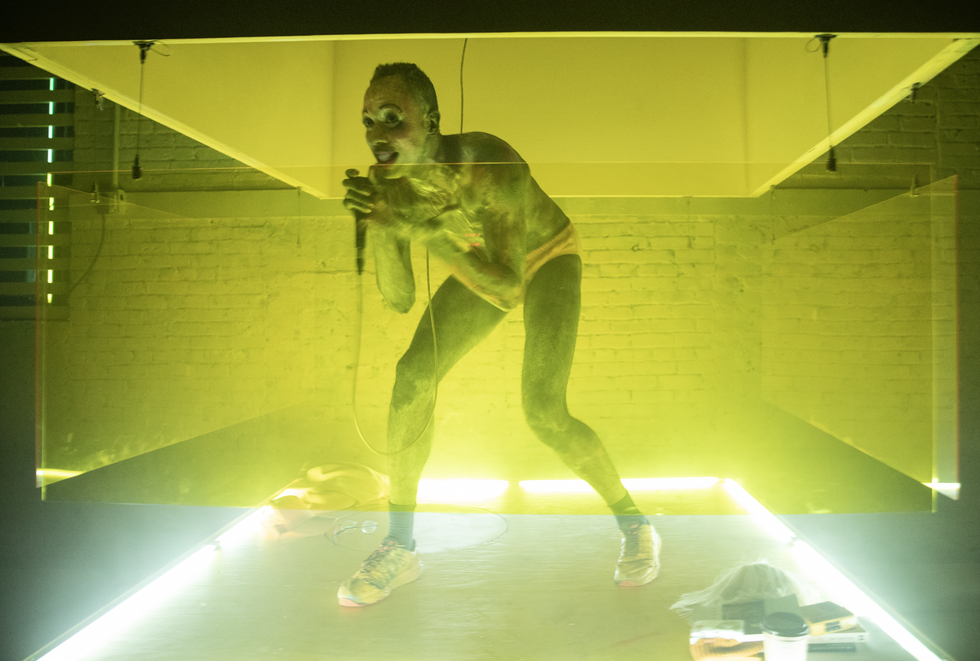
Maria Baranova, Courtesy Kelly
